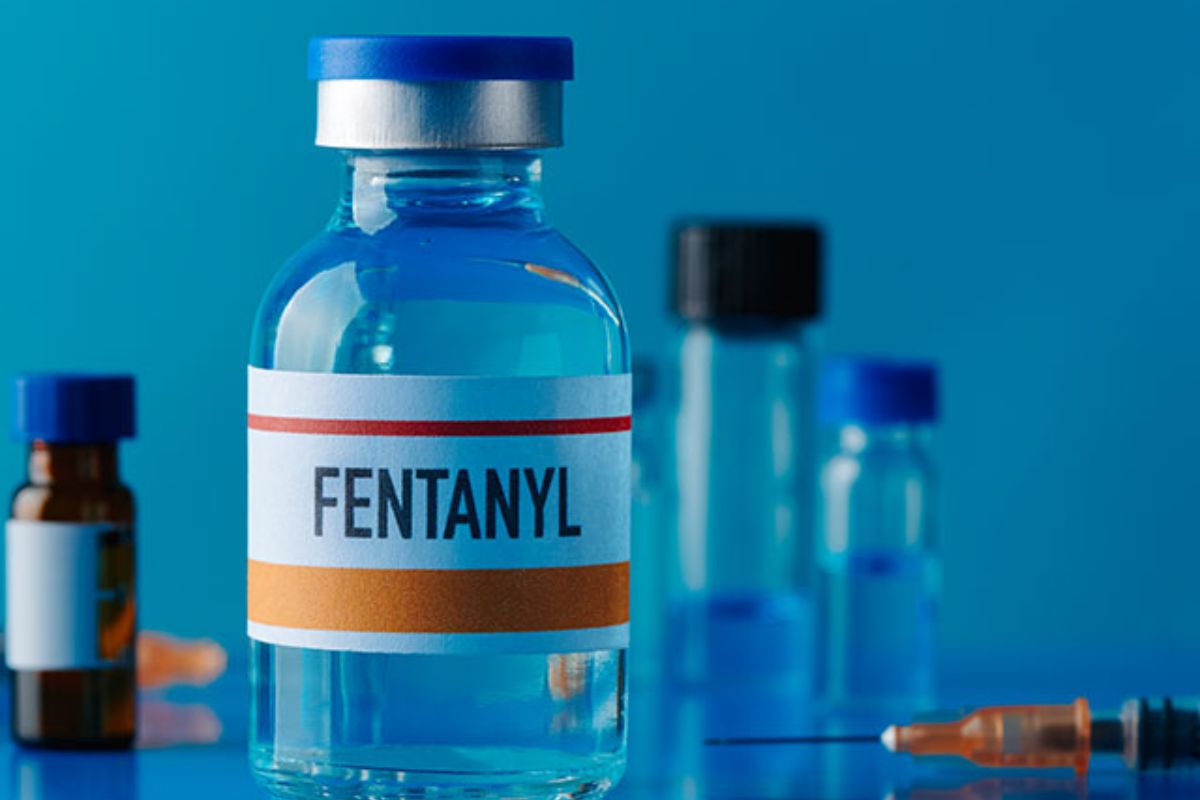
Fentanyl is a powerful synthetic opioid that has become a significant topic of discussion due to its potent effects and rising misuse. Originally developed for pain management in cancer patients, it is now often found in illegal drug markets, leading to a surge in overdoses. Did you know that fentanyl is 50 to 100 times more potent than morphine? This makes it incredibly dangerous, even in tiny amounts. Understanding fentanyl is crucial for both public health and safety. In this post, we'll explore 30 essential facts about fentanyl, shedding light on its medical uses, risks, and the impact it has on communities. Buckle up for an eye-opening journey into the world of this potent substance.
What is Fentanyl?
Fentanyl is a powerful synthetic opioid that has gained significant attention due to its potency and potential for misuse. Understanding its properties and effects can help in recognizing its impact on society.
- Fentanyl is 50 to 100 times more potent than morphine, making it one of the most powerful opioids available.
- It was originally developed for pain management in cancer patients and those undergoing surgery.
- Medical fentanyl is available in various forms, including patches, lozenges, and injections.
- Illegally manufactured fentanyl is often mixed with other drugs like heroin or cocaine, increasing the risk of overdose.
How Fentanyl Works
Fentanyl affects the brain and body in specific ways, leading to its potent effects and high risk of addiction.
- It works by binding to opioid receptors in the brain, which are responsible for pain and emotion regulation.
- This binding action leads to a release of dopamine, creating feelings of euphoria and relaxation.
- The drug can cause respiratory depression, which is a significant risk factor for overdose.
- Fentanyl's effects can be felt within minutes and can last for several hours.
The Dangers of Fentanyl
The potency of fentanyl makes it extremely dangerous, especially when used improperly or without medical supervision.
- Even a small amount of fentanyl can be lethal.
- Overdose symptoms include difficulty breathing, extreme drowsiness, and loss of consciousness.
- Fentanyl is responsible for a significant number of opioid-related deaths worldwide.
- The drug can be absorbed through the skin, making it hazardous for first responders and law enforcement.
Fentanyl in the Medical Field
Despite its dangers, fentanyl has legitimate medical uses that benefit many patients.
- It is used in anesthesia to help manage pain during and after surgery.
- Fentanyl patches provide long-term pain relief for chronic pain sufferers.
- The drug is also used in palliative care to improve the quality of life for terminally ill patients.
- Medical professionals carefully monitor and adjust dosages to minimize risks.
Illicit Fentanyl and Its Impact
Illegally produced fentanyl has become a major issue, contributing to the opioid crisis.
- Illicit fentanyl is often manufactured in clandestine labs, making it difficult to control its purity and dosage.
- It is frequently mixed with other drugs to increase potency, often without the user's knowledge.
- The rise in fentanyl use has led to an increase in drug-related crimes and violence.
- Efforts to combat illicit fentanyl include law enforcement crackdowns and public awareness campaigns.
Recognizing Fentanyl Addiction
Understanding the signs of fentanyl addiction can help in seeking timely intervention and treatment.
- Symptoms of addiction include compulsive drug-seeking behavior, neglect of responsibilities, and withdrawal symptoms.
- Withdrawal from fentanyl can be severe, including muscle pain, insomnia, and intense cravings.
- Treatment options include medication-assisted therapy (MAT), counseling, and support groups.
- Early intervention can significantly improve the chances of successful recovery.
Fentanyl and Public Health
The widespread misuse of fentanyl poses a significant public health challenge.
- Public health initiatives focus on education, prevention, and treatment to address the crisis.
- Naloxone, an opioid antagonist, can reverse fentanyl overdoses if administered promptly.
- Safe injection sites and needle exchange programs aim to reduce harm among users.
- Collaboration between healthcare providers, law enforcement, and community organizations is crucial in tackling the epidemic.
The Future of Fentanyl Regulation
Efforts to regulate fentanyl and reduce its misuse continue to evolve.
- Governments are implementing stricter regulations on the production and distribution of fentanyl.
- Research is ongoing to develop safer pain management alternatives and improve addiction treatment methods.
Final Thoughts on Fentanyl
Fentanyl is a powerful synthetic opioid that’s 50-100 times stronger than morphine. It’s used medically for severe pain but has become a major player in the opioid crisis due to its potency and potential for misuse. Even a tiny amount can be lethal, making it a significant public health concern. Understanding its effects, risks, and the importance of proper medical use can help mitigate its dangers. Awareness and education are key in combating the misuse of fentanyl. If you or someone you know is struggling with opioid addiction, seek help immediately. There are resources available that can provide support and treatment. Stay informed, stay safe, and spread the word about the realities of fentanyl. Knowledge is power, and in this case, it can save lives.
Was this page helpful?
Our commitment to delivering trustworthy and engaging content is at the heart of what we do. Each fact on our site is contributed by real users like you, bringing a wealth of diverse insights and information. To ensure the highest standards of accuracy and reliability, our dedicated editors meticulously review each submission. This process guarantees that the facts we share are not only fascinating but also credible. Trust in our commitment to quality and authenticity as you explore and learn with us.
